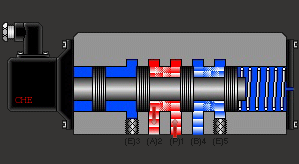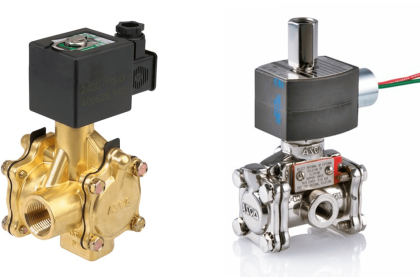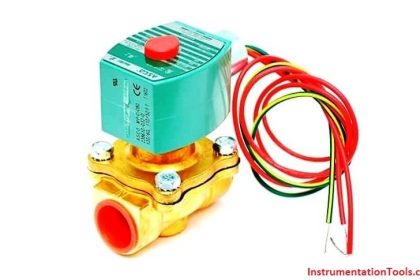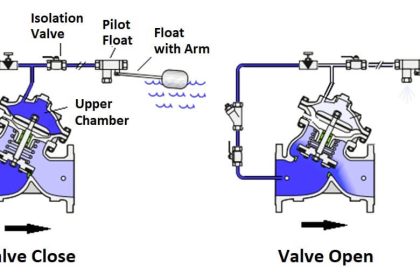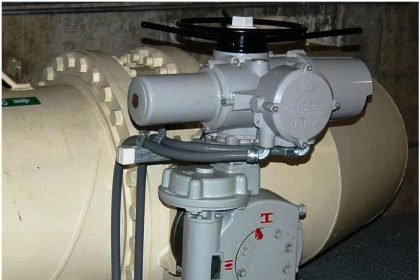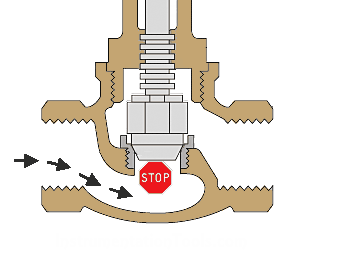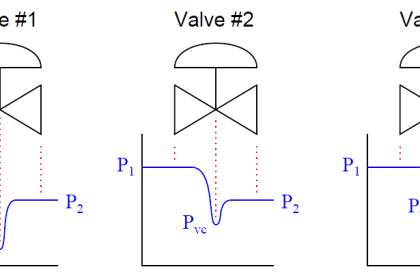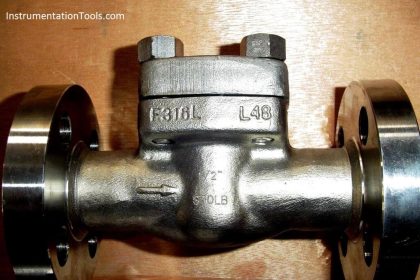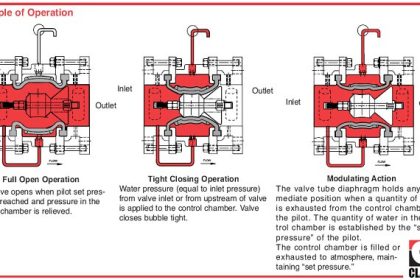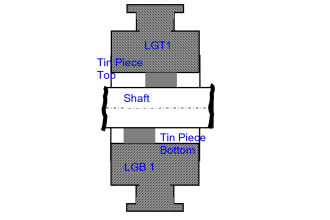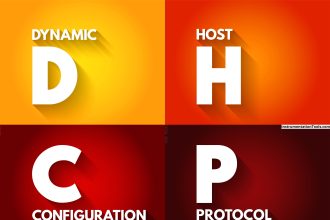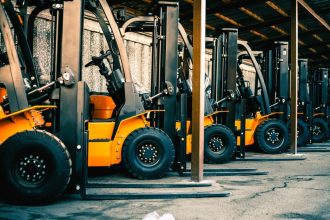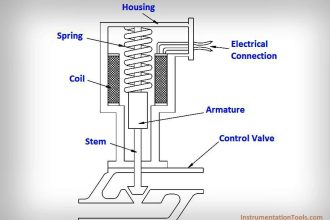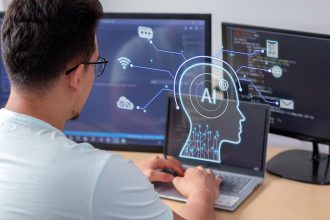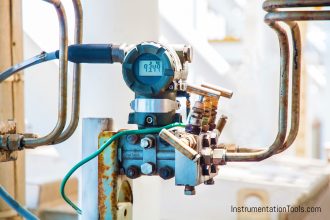This instrument is not new to me. Since We started our pneumatics class on my third year in college, I already had the pleasure to meet this instrument. We even had to use this almost everyday, during our laboratory exercises. Its always present in all our pneumatic and hydraulic trainers. How does this stuff really work?
5 Port 2 Position Valve
A valve is a device that regulates the flow of fluid (gases, liquids,fluidized solids, or slurries) by opening and closing or partially obstructing passage ways.
A 5/2 way directional valve from the name itself has 5 ports equally spaced and 2 flow positions. It can be use to isolate and simultaneously bypass a passage way for the fluid which for example should retract or extend a double acting cylinder.
There are variety of ways to have this valve actuated. A solenoid valve is commonly used, a lever can be manually twist or pinch to actuate the valve, an internal or external hydraulic or pneumatic pilot to move the shaft inside, sometimes with a spring return on the other end so it will go back to its original position when pressure is gone, or a combination of any of the mention above.
In the Illustration given, a single solenoid is used and a spring return is installed in the other end. The inlet pressure is connected to (P)1. (A)2 could possibly be connected to one end of the double acting cylinder where the piston will retract while (B)4 is connected to the other end that will make the piston extend.
The normal position when the solenoid is de-energized is that the piston rod is blocking (B)4 and pressure coming from (P)1 passes through (A)2 that will make the cylinder normally retracted.
When the solenoid is energized, the rod blocks (A)2 and pressure from (P)1 passes through (B)4 and will extend the cylinder and when the solenoid is de-energized, the rod bounces back to its original position because of the spring return. (E)3 and (E)5 is condemned or used as exhaust.
See how cool the combination of Electronics and Pneumatics is? There will be a lot more illustrations on pneumatics and hydraulics instruments coming soon that you shouldn’t missed.
I hope you enjoy reading.

